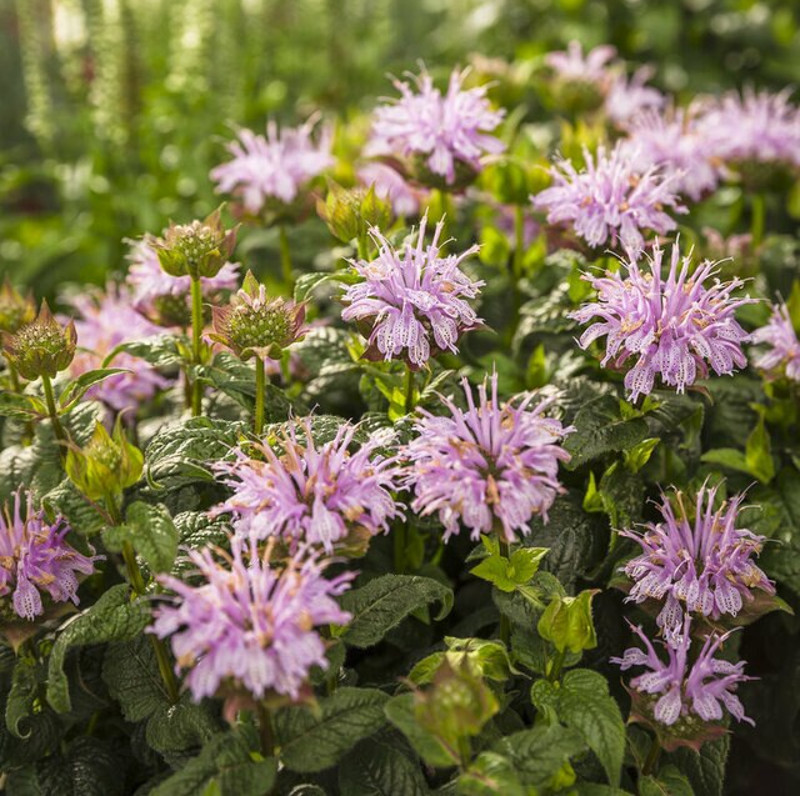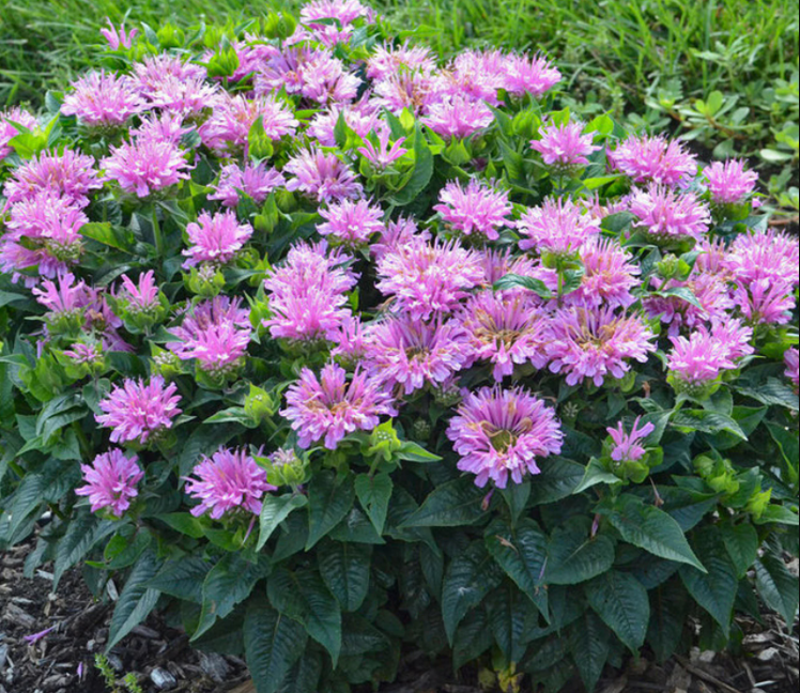Bee balm is a perennial plant native to North America. Hardy in zones 4-9, bee balm can grow up to 4 feet tall with a spread of 3-4 feet. Bee balm (Monarda) is part of the mint family, which is known for rapid growth and spreading. Even in less than desirable conditions, this easy to grow plant requires little attention. Planted in evenly moist nutrient soil and full sun, bee balms do not require frequent feeding.

How to Fertilize Bee Balm
Bee balm is easy to care for. During its first two years, it only needs moist, nutrient-rich soil with a pH between 6 and 7. Bee balm will survive, even if neglected, but it can benefit from some balanced organic fertilizer if the soil is not optimal. Mixing a multi-purpose fertilizer into the soil around the plant or adding compost will give the plant a boost.
Do not overfertilize! This can cause rampant succulent growth, which is more susceptible to powdery mildew. Bee balm is notorious for powdery mildew infections. If you would like a bushier plant, in early spring, snip off the tips of the stems as new growth appears.
Best Time To Fertilize Bee Balm
Bee balms are light feeders, meaning that they do not require frequent or heavy fertilizer applications. Overfertilizing can result in too much leafy growth and very few blooms. Sprinkling 1/2 cup of a general-purpose, slow-release, granular fertilizer around the base of the plant in early spring will provide all the nutrients the plant needs for the season. Water well after the application.
Best Fertilizer For Bee Balm
The easy-to-care-for bee balm will thrive when given the right planting conditions (full sun and moisture-rich soil). It does not need heavy fertilizing. Mixing compost into the soil or using an all-purpose, balanced fertilizer (e.g., 10-10-10) in early spring is enough. Select a slow-release formula to ensure a gentle release of nutrients throughout the growing season.

Bee Balm Fertilizing Tips
- Use a slow-release 10-10-10 fertilizer, or top-dress with compost
- Apply fertilizer once in the spring
- Water well after fertilizing
- Avoid overfertilizing
Warnings
-Always wear protective gloves and a face mask when handling chemical fertilizers.
-Closely follow all directions and storage guidelines that are on the fertilizer label.
 |
Author Chris Link - Published 01-15-2021 |
